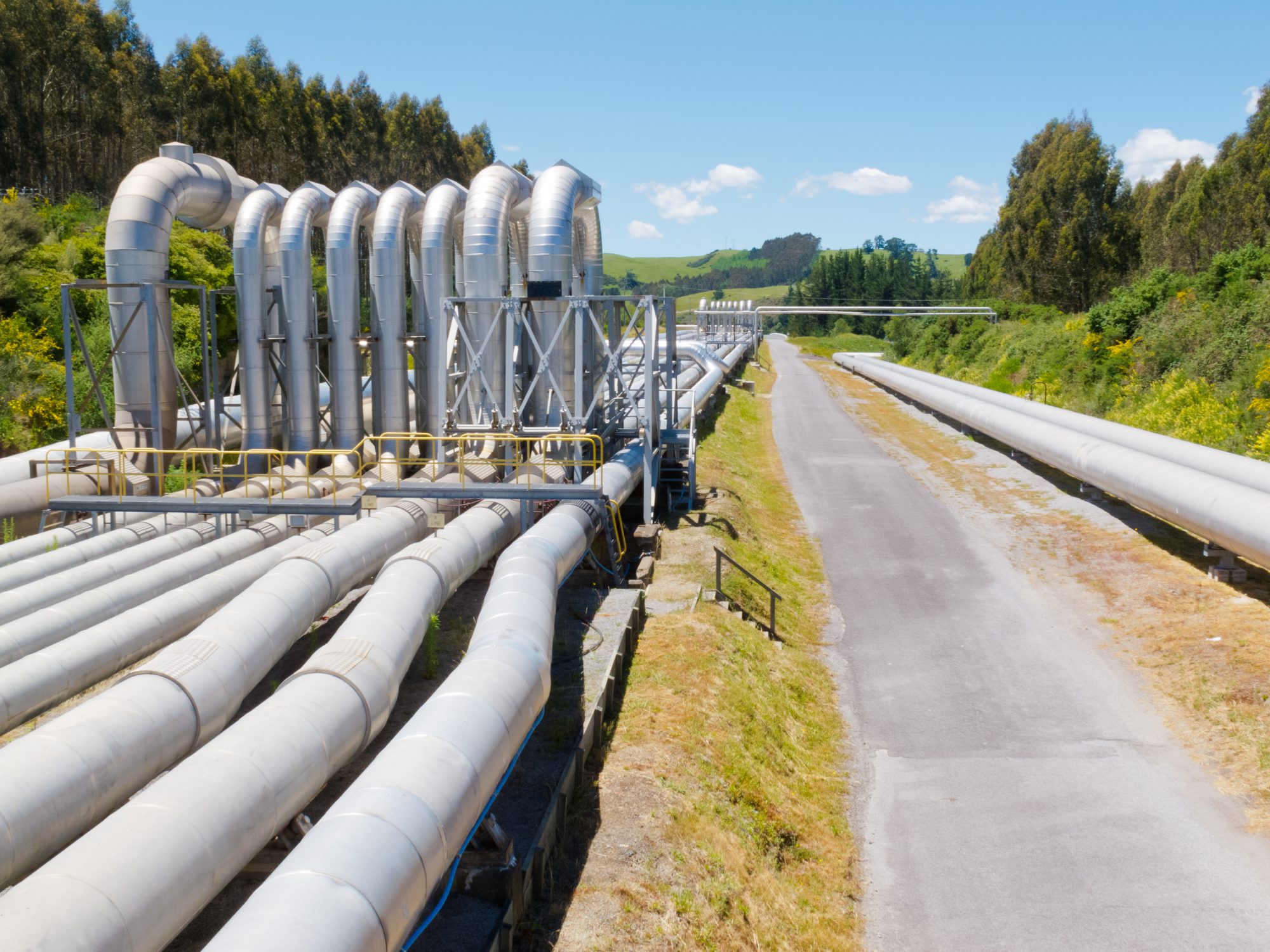Internal corrosion seriously threatens liquid pipelines, especially those carrying hazardous liquids or contaminants. Corrosion compromises pipeline integrity, leading to leaks, costly repairs, and environmental hazards. To maintain pipeline health, operators must understand where and why internal corrosion occurs and take proactive steps to prevent it. In this article, we explore the mechanisms behind internal corrosion in liquid pipelines and explain how advanced solutions like DragX coating can help prevent these issues.
Understanding Internal Corrosion in Liquid Pipelines
When corrosive contaminants such as water, acids, or solid particles mix with the liquid inside a pipeline, they react with the pipe’s interior surface, accelerating corrosion. Areas where electrolytes or solids drop out of the liquid flow and settle on pipe walls become hotspots for corrosion. Over time, these corrosive agents cause localized damage, which weakens the pipeline, eventually leading to cracks, leaks, or even ruptures.
Even small amounts of water exacerbate the corrosion process. In liquid pipelines, water reacts with contaminants like CO2 or sulfur to form acids that corrode the metal. Low-flow spots in the pipeline, where liquid slows down and forms stagnant pools, provide ideal conditions for corrosion to take hold and spread, gradually degrading the pipeline.
The Cost of Internal Corrosion in Liquid Pipelines
Internal corrosion not only threatens pipeline integrity but also creates a significant financial burden. Damage from corrosion can result in unplanned downtime, expensive repairs, and, in extreme cases, the need for complete pipeline replacement. Corrosion-induced leaks also pose environmental hazards, leading to regulatory fines and costly cleanup efforts. Industry studies reveal that pipeline operators face millions of dollars in expenses due to internal corrosion if they fail to manage it properly.
To ensure the safe and efficient operation of liquid pipelines, preventing internal corrosion becomes essential. One of the most effective solutions is the application of protective coatings like DragX, designed to safeguard pipelines from corrosive agents.
How DragX Coating Prevents Internal Corrosion
DragX offers an advanced nanocomposite surface treatment that effectively protects pipelines from internal corrosion. This protective coating delivers multiple benefits, making it an ideal solution for hazardous liquid pipelines:
- Corrosion Resistance: DragX forms a protective barrier between the pipeline’s inner surface and the liquids it transports. This barrier blocks corrosive agents like water and acids from reacting with the metal, significantly reducing the risk of internal corrosion.
- Reduced Friction and Buildup: DragX minimizes friction along the pipe walls, preventing solids and other contaminants from accumulating and triggering corrosion. The smooth coating ensures uninterrupted liquid flow, reducing the chances of deposits forming in low-flow areas.
- Durability in Harsh Conditions: Pipelines carrying hazardous liquids often operate under high pressures and extreme temperatures. DragX withstands these harsh conditions, offering long-lasting protection and reducing the need for frequent maintenance or recoating.
- Easy Application: Pipeline operators can apply DragX to both new and existing pipelines. The coating provides a practical solution for pipelines already showing signs of corrosion. Its water-based, non-toxic formulation makes it safe for use across various industries.
Why Invest in Pipeline Coatings Like DragX?
Investing in pipeline coatings like DragX ensures the protection of pipelines from internal corrosion, extending their lifespan and reducing the risk of costly failures. As the demand for safe and efficient energy transportation increases, operators need reliable solutions to prevent corrosion-related damage. DragX offers a cost-effective, environmentally friendly way to safeguard pipelines, minimize maintenance costs, and reduce the environmental risks associated with leaks.
With DragX, pipeline operators can maintain pipeline integrity, prevent corrosion, and enhance overall performance. By investing in advanced coating solutions, they ensure the long-term safety and efficiency of their operations.
Internal corrosion in liquid pipelines presents serious operational and financial challenges. Applying protective coatings like DragX effectively prevents corrosion, extends pipeline lifespan, and reduces environmental damage risks. As the energy industry seeks safer and more efficient pipeline systems, DragX provides a crucial solution to keep liquid transportation infrastructure secure and reliable for the future. To learn more about DragX, talk to our experts here.

